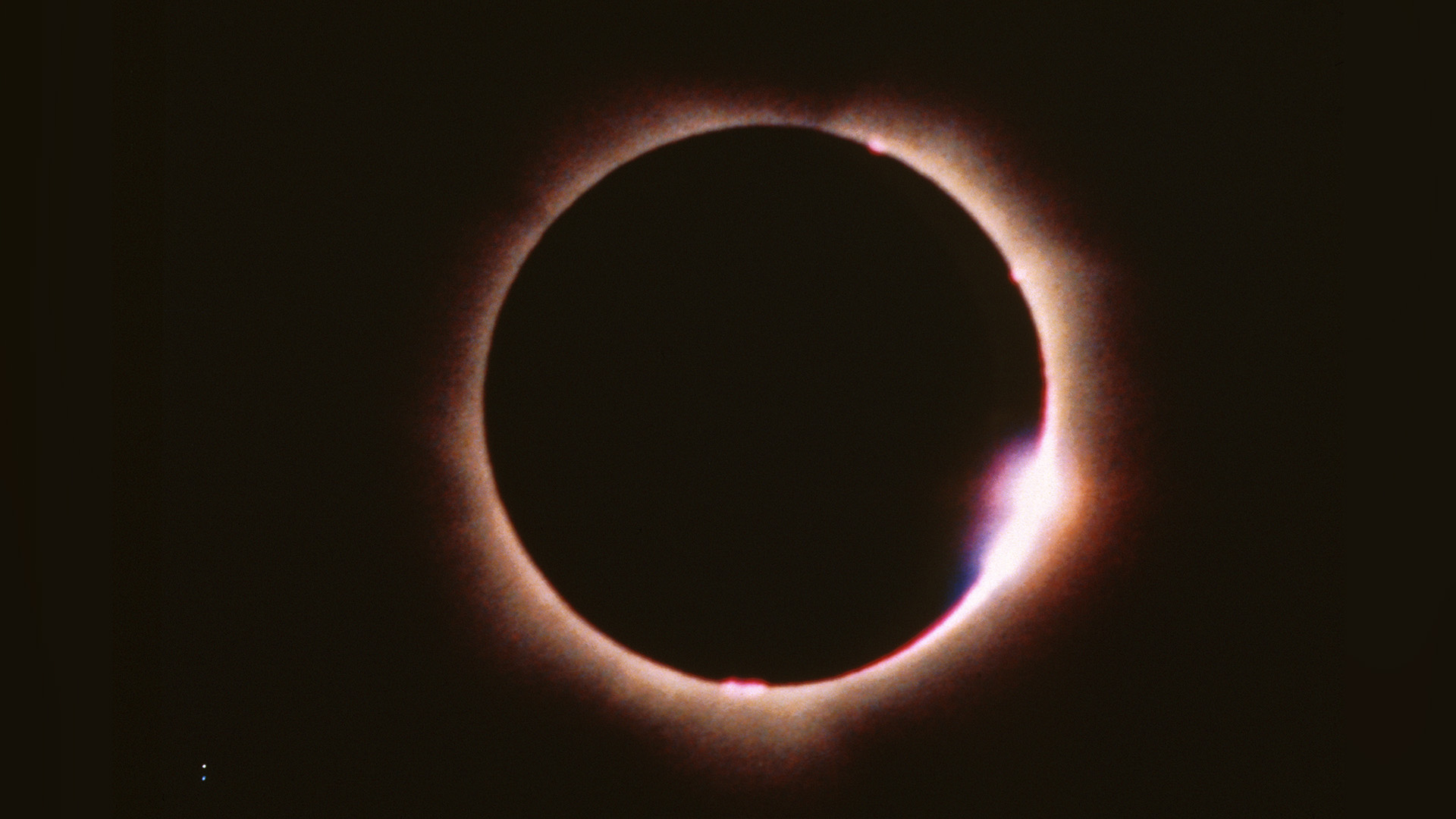The recent total solar eclipse, a breathtaking celestial spectacle where the moon perfectly covers the sun, serves as a reminder of a bittersweet truth – Earth won’t always experience these awe-inspiring events. Our celestial companion, the moon, is slowly drifting away, destined to one day become too small to completely obscure the sun.
A Slow and Steady Retreat
The moon’s departure is a gradual waltz, a result of its gravitational interaction with Earth. As the moon’s gravity pulls on our oceans, creating tides, friction is generated that slows Earth’s rotation. In response, the moon’s orbit expands outward, much like a figure skater extending their arms and slowing down. This movement was first hypothesized by George Darwin in the 19th century and confirmed by precise laser measurements to the moon’s surface in the 1970s. Currently, the moon recedes by about 1.5 inches each year, a seemingly insignificant pace, but one that accumulates over vast stretches of time.
The Uncertain Farewell
Estimating the exact date of the last total solar eclipse is a complex task. Both the moon’s and Earth’s orbits are elliptical, causing their apparent sizes to fluctuate slightly. The final total eclipse will occur when the largest-looking moon barely covers the smallest-looking sun, which calculations suggest will happen in roughly 620 million years. However, this is just an estimate riddled with uncertainties.
The moon’s retreat rate is likely to change over time. Factors like Earth’s day length, ocean depths, and continental arrangements all influence this process. Most scientists believe the rate will slow down, potentially leading to weaker tides and a slower lunar retreat, extending our total eclipse window. Geological evidence also suggests the moon’s historical retreat wasn’t constant, with periods of faster and slower movement.

(Photo from Getty Images courtesy of Education Images/Universal Images Group)
Future Predictions and a Finite Window
Complex computer models attempt to predict the future lunar recession rate. These models suggest a more stable retreat of around 0.3 inches per year for the next few billion years, with total eclipses potentially lasting for three billion years. However, significant uncertainty remains in these predictions.
Despite the distant farewell, the message is clear: cherish the opportunity to witness total solar eclipses. They are a unique phenomenon specific to our planet, a privilege not shared by any other in our solar system. So, the next time the moon dances across the sun, casting its perfect shadow, take a moment to appreciate this celestial spectacle, a fleeting wonder in the grand scheme of time.



















